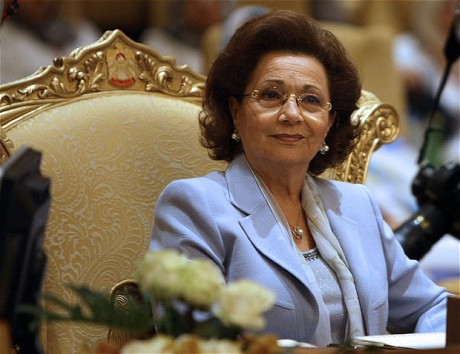Many have raised questions about the reason behind the dollar crisis. Fortunately, financial analyst Nady Azzam explained the details behind this issue in an article on his page, which I quote here:
- The state’s dollar resources at the end of 2015 amounted to $58m, divided as follows:
- $22bn from exports
- $18bn in remittances from Egyptians working abroad
- $8bn from tourism
- $5bn from Suez Canal
- $5bn from investments
- Debts or due payments at the end of 2015 amounted to $79bn, divided as follows:
- $61bn the value of basic imports
- $9bn difference in the declared value of imports versus the Central Bank of Egypt’s value
- $6bn value of debt service
- $3bn value of demand from Egyptians travelling abroad
Based upon this, the calculations would be as follows: $79bn – $58bn= $21bn.
This $21bn figure is the value of the dollar deficit in payments over one year. The state has been waiting for Gulf countries to cut the deficit, perhaps through grants, or deposits, etc. However, the flow of support has stopped, and now the Central Bank of Egypt (CBE) is required to provide $21bn from abroad in the form of loans and grants, or perhaps through purchasing dollars from citizens and exchange offices. It does not matter how the deficit is cut, as long as it gets done.
The issue is that all these calculations took place over a period of one year, resulting in the $21bn deficit, but what about the deficit that could occur in two or three years? It would be a crisis. Gulf countries, especially Saudi Arabia, the UAE, and Kuwait, supported the reserves, as the CBE obtained dollar deposits and grants from them in order to cut the deficit.
But what would happen if a source of financing is suddenly cut off? For example, from one source of the previously mentioned resources: tourism. What would happen then? A deficit of $8bn would occur. The deficit would become $29bn. A deficit of $29bn while we have a shortage of dollar liquidity.
When grants and aids from the Gulf stop, with their value being set at $12bn, meeting the deficit that would increase to $29bn after tourism has stopped, the CBE faces a real problem, as the quick provision of $29bn would become necessary to pay off the value of basic goods, like wheat (for bread), factories’ inputs, and more.
Approximately $8bn of tourism revenues have stopped flowing, and after many Egyptians returned from Libya, the $18bn from Egyptians working abroad has declined to $14bn. This adds another $4bn to the deficit. This turns the deficit in one year to $33bn.
Gulf countries are also delaying the delivery of their promises to provide loans and grants due to the decline in oil prices and wars. They were supposed to provide a total of $12bn.
There is a real crisis and a lack of dollar liquidity, the likes of which Egypt has not faced since January 2011, because this time the flow of support and essential resources are actually cut off.
The CBE has tried everything to cut down the huge dollar deficit, but it failed because the government did not manage to obtain loans from either the International Monetary Fund or the World Bank.
Gulf countries have not delivered on their promises because of the oil crisis and wars, in addition to the decline in tourism resources and Egyptians remittances from abroad.
We can say that this exceptional impasse has resulted in exceptional solutions, as we have witnessed in the past few days. Nady Azzam provides a reform prescription in his lengthy article, and I hope it reaches whoever is concerned.
Moataz Bellah Abdel-Fattah is an Egyptian professor of political science. He previously served as an adviser to the prime minister of Egypt, and professor of political science at both Cairo University and Central Michigan University.



